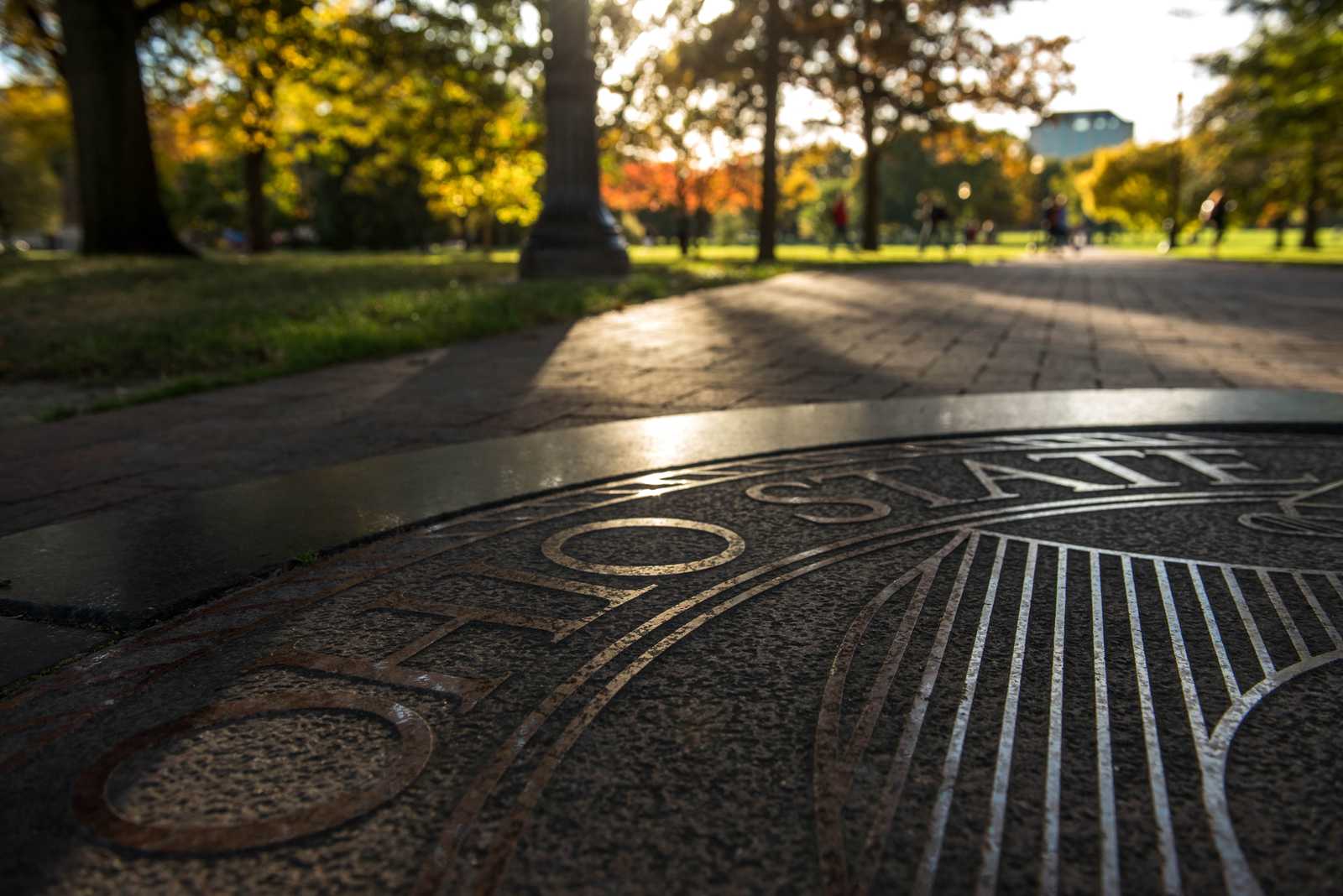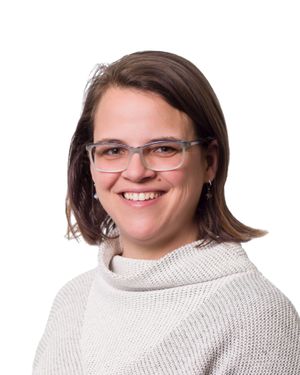Purpose of the Report
This report serves as a collaborative and year-long culminating project presented to the UIA@OSU, a collaborative partner of the Cross-University Support Network (CUSN) at the Ohio State University. CUSN is a workgroup focused on the outcomes and experiences of Black and Latinx students entering the university. The problem of practice, presented in January of 2020, focused on these three studies aiding in the increase of African American/Black student success with a specific focus on persistence and retention. The three individual studies produced unified and distinctive findings for three populations of focus which include: African American/Black campus change students, African American/Black males in the 3rd and 4th years, and African American/Black students from their 4th year and beyond.
Researchers
Julie Sanzone
![Julie Sanzone Bio Photo]()
As a White cisgender woman working in the student affairs field, I feel a sense of responsibility to own my priviledge and critically identify ways to disrupt it. In my professional role I actively seek opportunities for development that make me uncomfortable. I believe this better positions me to challenge the white supremacy culture (Okun, 2013) that permeates higher education. An awareness of the power that accompanies my racial identity informed how I recruited participants, framed the purpose of the study, facilitated interviews and reported findings. I reflected on this throughout my preparation, data collection, and analysis. In addition, my role as an administrator who has witnessed the challenges students face in the campus change process required me to constantly evaluate my interpretations of the data to ensure it was the story of these participants I was telling. I can not experience OSU the same way students in this study did so my role is to believe their stories and advocate for changes that will create an environment more supportive of success for Black campus change students.
Jasmine C. Marks
![Jasmine C. Marks Bio Photo]()
Even though I am a person that faces much oppression, I still hold power in many spaces and feel it is my duty to be an advocate. As such, I am a millennial-aged cisgender, heterosexual, able-bodied Black woman who grew up in a lower socioeconomic background. In this particular study, I utilize my position as an “insider” and scholar-practitioner to aid Black male student persistence through the elevation of their voices. Additionally, I employed reflexive practices at each phase of the research process. Schwandt (2018) defines reflexivity in the methodological sense, as, “the process of critical self-reflection on one’s biases, theoretical predispositions, preferences, and so forth” (Schwandt, 2015, p. 268). Reflexively, I yearn to co-create a future of which those after me will be proud. I may not see these changes in my lifetime, but I will aid in providing the foundation for who and what is to come. Additionally, my critical lens and the value of counter-storytelling merged to produce a research predisposition to exploring the narratives of Black men in their 3rd-4th years and utilizing their stories to disrupt ingrained systems that impact their ability to thrive.
Michele Carr
![Michele Carr Bio Photo]()
My personal and professional life experiences have influenced my worldview and biases. Personally, as a White cisgender woman, most of my identities are privileged. Being White has been a privilege as I have not suffered the oppression and racism that other identities have experienced (Jemal, Bussey, & Young, 2020). I have learned I fall into the category of Whiteness, a social construct where being White is the norm and People of Color are marginalized (Feagin, 2010; Crowley, 2019). Professionally, as a former faculty member at OSU, in a predominantly white division and profession, I need to be critically aware of my own preconceptions, biases, and personal experiences and how these had an affect on my research process and findings. For my study, I chose to step outside of my comfort zone and focus on the success of Black students. Within my purposeful sampling I intentionally sought to recruit at least one Black student in the dental hygiene major as it is my area of expertise and personal involvement. With all participants I shared that I was a former faculty member at OSU and it was my hope and intent that sharing this information would create meaningful dialogue with the participants and learn from their stories.
Findings
We identified six overarching categories that encompass our collective themes which are:
- Importance of Counterspaces
- Black Student Representation
- Role of Black Faculty and Staff
- Mental Health and Wellness
- White Cultural Competence
- Communicating the Value of the Black Ohio State Community
We also provide unique findings specific to the three populations of Black campus change students, Black males in 3rd and 4th year and Black students 4th year and beyond.
Recommendations
We present five overarching categories that encompass our collective recommendations. The five sections are:
- Money Matters
- Mental Health and Wellness
- Communication and Transparency
- Major or Career Path Selection Support
- Mentorship
We also provide unique recommendations specific to our populations of focus.



